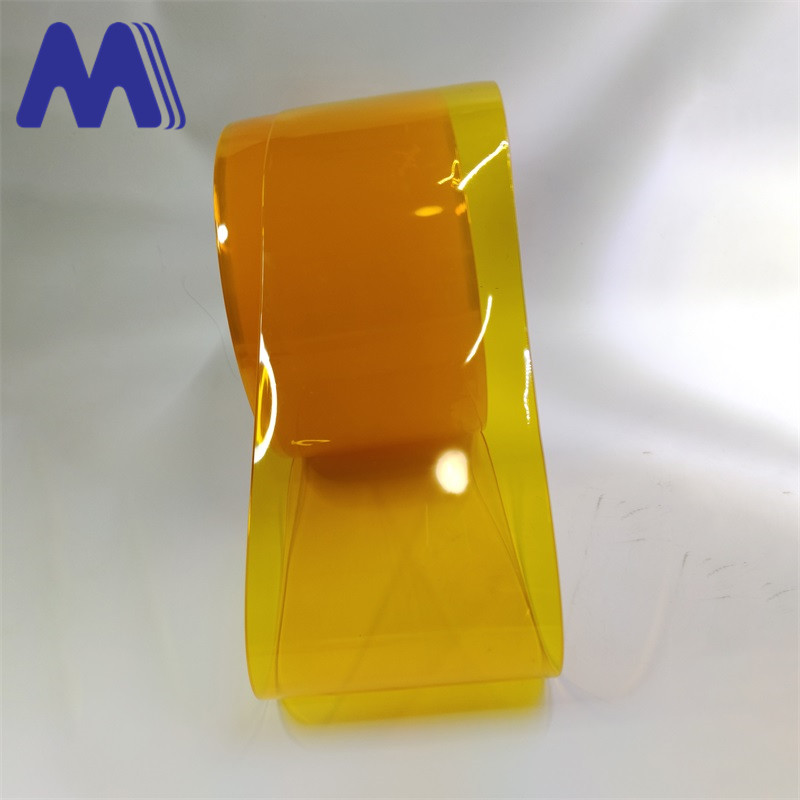curtain hanger types
Understanding Curtain Hanger Types A Comprehensive Guide
When it comes to interior design, curtains play a crucial role in both aesthetics and functionality. They provide privacy, control light, and can completely change the atmosphere of a room. However, the effectiveness and appearance of your curtains largely depend on the type of curtain hanger you choose. In this article, we will explore various curtain hanger types, their features, and the best applications for each, helping you make informed decisions for your home.
1. Curtain Rods
Curtain rods are perhaps the most common type of curtain hanger. They come in various materials, including wood, metal, and plastic, and can be found in numerous styles ranging from sleek and modern to ornate and traditional. Rods can be mounted on brackets that attach to the wall or can be fixed to the ceiling in a more contemporary design.
Pros - Easy to install. - Available in various sizes and styles to match any decor. - Supports a wide range of curtain styles.
Cons - Rods can bend or sag under heavy curtains without adequate support.
2. Curtain Tracks
Curtain tracks are a popular option for those looking for a minimalist appearance. These tracks can be mounted flush against the wall or ceiling, allowing curtains to glide smoothly open and closed. They are especially useful in spaces where you want to avoid the protrusion of a traditional rod.
Pros - Ideal for wide windows or sliding doors. - Offers a streamlined look. - Curtains can be easily maintained and adjusted.
Cons - Limited aesthetic options compared to decorative rods. - Installation can be more complicated.
3. Clip Rings
Clip rings are a chic and functional option for hanging curtains. These rings attach to a curtain rod and have clips that hold the top of the curtain in place. This type of hanger allows for easy adjustment and movement of the curtains.
Pros - Provides a stylish way to hang curtains. - Easy to open and close curtains without removing them. - Suitable for lightweight fabrics.
Cons - May not support heavier curtains well. - Clips can create small marks on delicate fabrics.
curtain hanger types

4. Grommets
Grommet-style curtains have metal rings embedded at the top of the curtain fabric. These rings slide directly onto the curtain rod, allowing for easy movement. Grommet curtains often create a modern, polished look and can easily be adjusted for height.
Pros - Smooth gliding action. - A modern look that works well with a variety of styles. - Suitable for both light and heavy fabrics.
Cons - Requires a specific rod diameter for proper support. - Might not work well with very thick or heavy fabrics.
5. Tab Top
Tab top curtains feature fabric loops sewn into the top of the curtain. These loops slide onto the rod, giving a casual and relaxed appearance to the drapery. They are best suited for lightweight materials and can add a homey touch to a room.
Pros - Easy to install and adjust. - Comes in various fabric patterns and colors.
Cons - Limited movement due to the fixed tabs. - Not suitable for heavy fabrics.
6. Hooks and Loops
Using hooks and loops is another classic way to hang curtains, particularly for pinch pleat styles. The hooks attach to the curtain’s fabric, while the loops are fixed to the rod, allowing for elegant draping.
Pros - Creates a tailored, upscale look. - Ideal for heavier drapes. - Allows for full customization in terms of pleating.
Cons - More complex to install than other types. - Requires maintenance for the hooks and pleats.
Conclusion
Selecting the right curtain hanger is essential to achieving your desired look and functionality for your curtains. Whether you prefer the simplicity of tracks, the elegance of rods, or the modern appeal of grommets, there is an option for every style and need. Consider the weight of your curtains, the space available, and your personal aesthetic when making your choice. With the right curtain hangers in place, you can beautifully frame your windows and enhance your home’s overall design.
-
Flexible PVC Sheet Supplier – Durable Flexible Plastic & Ribbed Sheets Custom SolutionsNewsJun.10,2025
-
Magnetic Curtain Wide – Durable, Easy Install, Perfect Fit for DoorsNewsJun.10,2025
-
Flat Anti-Insect PVC Strip Curtain Effective Insect Control SolutionNewsJun.10,2025
-
Opaque PVC Strip Curtains Insect-Proof & Privacy SolutionsNewsMay.30,2025
-
3mm PVC Sheets - Durable, Lightweight & Waterproof 1mm & Rolls AvailableNewsMay.30,2025
-
Polar Curtains Energy-Efficient Thermal Insulation Solutions Shop NowNewsMay.29,2025



